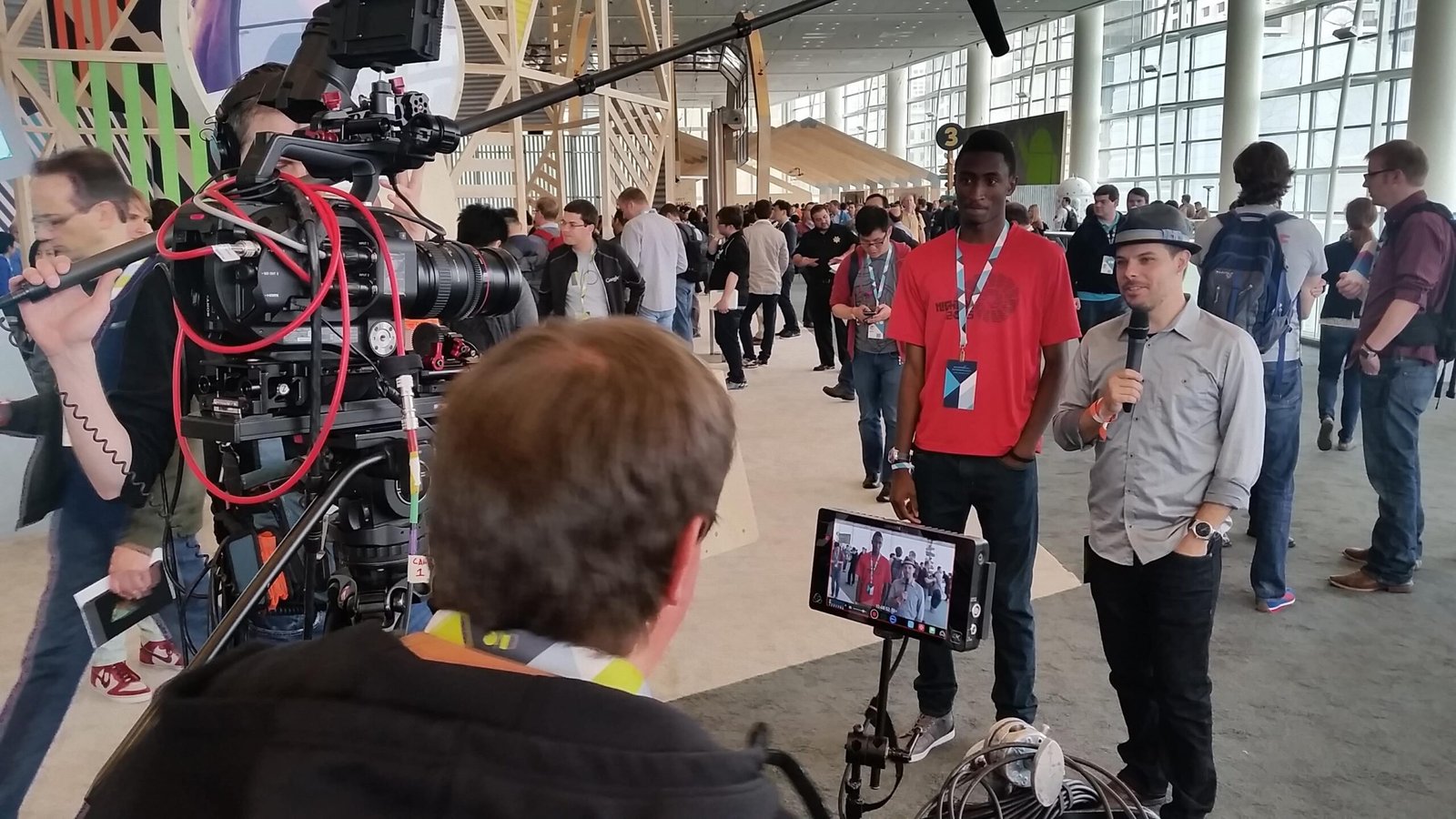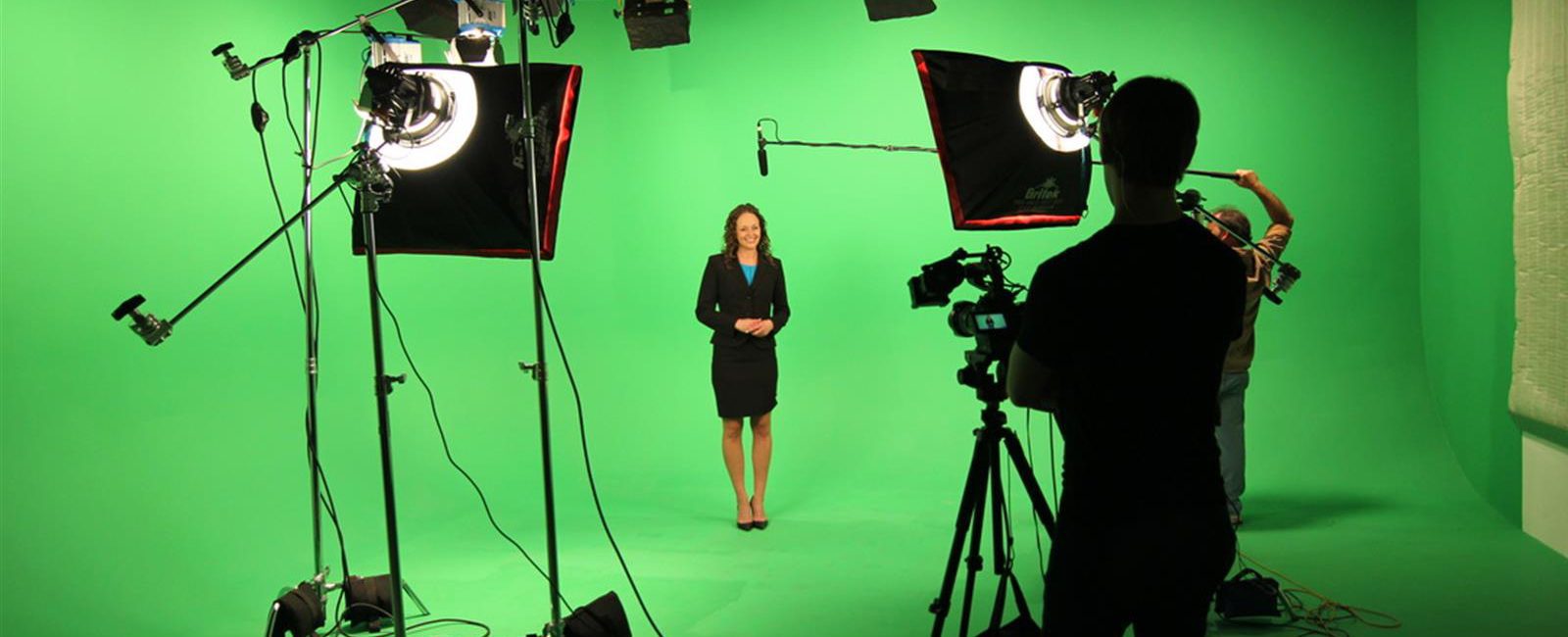Which Element Is Key to Communicating Effectively in Video Production?
Which Element Is Key to Communicating Effectively in Video Production?
In video creation, the delivery of a clear and interesting message depends on good communication. Using the right elements will enable your viewers to understand your point of view, regardless of the kind of video. Good planning makes your video clear and effective.
However, which component makes great communication possible? Actually, it’s not only one thing. Multiple elements are meeting here.
In this blog, we will walk through the most important elements that help you communicate your message effectively in video production.
Introduction of Video Communication
One effective approach to spreading your message is video communication. Imagine just pressing play to be in constant conversation with anyone, anywhere, anyplace.
Videos enable you to relate to emotions, show concepts, and tell stories. Your message is visible, audible, and felt by your audience. Video communication is now more than ever changing our learning, sales, and inspiration generation.
Picture your message reaching more people. With the right video, you can easily grab attention and build trust.

8 Key Elements for Effective Communication in Video Production
-
The Role of Storytelling in Video Production
Any outstanding video’s heart is a gripping story. Storytelling connects you to your audience on a more emotional level. It keeps people excited and causes them to give what you are saying some thought.
A great story should start, middle, and finish clearly. The beginning should grab attention. The middle should build interest. And the end should give a satisfying closure or a call to action. Your story must also feel relevant.
The message should immediately address the needs, goals, or issues of the audience. A remarkable story not only stays with people but also motivates action. Your video risks being boring and easily forgotten without a strong story.
-
Visual Elements: Engaging the Viewer’s Eyes
Viewers’ first focus in a video is often its images. They are strong as they let you express a story faster than words could. If you use the right images, colors, and shots, your message becomes much stronger.
Everything the camera sees, like set design, colors, and angles, has an impact. Good visuals create a mood, highlight important details, and keep people watching longer.
Even simple movements, like a slow pan or a close-up, can add excitement and focus. Color choices matter a lot, too. Colors make people feel certain emotions.
Blue can feel calm and trustworthy. Red feels exciting and urgent. Smart use of color can really lift your video and help people feel exactly what you want them to.
-
Sound: Enhancing the Message Through Audio
A great sound is just as important as great visuals. Actually, users could turn off their video if the sound is poor, even if it looks great. Sound design includes background music, sound effects, and voice-overs.
Your video can seem motivating depending on the pleasant, upbeat soundtrack. A dramatic score can make it feel serious or urgent. Music can even tell people how they should feel without them realizing it.
The voice-overs and dialogue have to be clear. Consider talking at a reasonable speed, never too quickly nor too slowly. Check that every phrase is understandable. Poor sound quality can confuse people or push them away. Good audio, on the other hand, keeps your audience comfortable and focused.
-
Pacing: Keeping the Audience Engaged
Have you ever seen a video that seemed to last a lifetime? Usually, that relates to timing issues. The pace in your video is its rhythm. It controls the flow of the narrative, that is, its speed or slowness.
It seems to be your video’s pulse. And like a pulse, something seems off, whether it is too slow or too quick. Should your video drag, viewers will become bored and click away.
When it goes too fast, people might become overwhelmed and miss your message. You want a pace that feels natural. One that lets people absorb the story but keeps them excited to see what comes next.
Breaking your content into smaller sections helps. This keeps viewers stuck from beginning to end and simplifies the content.
-
Call to Action (CTA): Directing the Viewer’s Next Steps
A video without a clear next step leaves viewers wondering, “Now what?” Here, a call to action (CTA) has become really essential. A solid CTA guides viewers precisely on what to do following viewing.
Sometimes, you want them to buy something, subscribe, or visit a website. While, sometimes your only goal is to get them to see differently. Whatever the aim, the CTA should be simple, clear, and easily acted upon.
Your CTA should not be shocking at the conclusion. This should seem like a logical part of the movie. It needs to fit with the story and the feelings you have developed across the video.
-
Editing: Putting Everything Together
The blending of everything is known as editing. It reminds me of baking cakes. Great images, music, and film are yours, but without proper mixing, it won’t seem whole.
Proper mixing brings all the elements together for the best final result. Good editing gives the video a seamless vibe. It prevents unnecessary components, fixes little errors, and highlights the most important events.
It keeps the audience interested, sharpens feelings, and establishes the tempo. Including text and images while editing will enable a fast explanation of ideas.
As an example, a statistic showing up on the screen helps you understand key information more easily. Good editing may make a decent video outstanding.
-
Lighting: Setting the Mood and Clarity
This element might seem like a little matter, but it is quite important. Good lighting helps viewers concentrate on the proper areas and makes your film seem professional.
A strong, joyful mood may be produced by brilliant lighting. A peaceful, laid-back attitude might result from soft lighting. Dark lighting can highlight mystery or drama. Always consider the desired emotion your viewers should experience.
You can use lighting to support that feeling. Moreover, good lighting facilitates clarity. It guarantees viewers’ clear vision of faces, products, and key elements. Even the finest videos could feel boring or difficult to view without proper lighting.

-
Audience Consideration: Enhanced the Message
Your video’s center is your audience. You cannot interact effectively if you do not know the person you are speaking to. Understanding your audience is really important.
Consider those who will view your video. Are they young or old? Professionals or casual viewers? What do they care about? What problems do they want to solve? Your responses to these questions will help you customize the tone, language, and look of your film.
A film designed for young people could be quick, entertaining, and vibrantly colored. A video for business leaders might be slower, more formal, and packed with data. Always match your message to your audience. When you do, your video feels personal, relatable, and much more powerful.
Conclusion
In video creation, good communication depends on integrating several components. You can craft a clear, strong message by mixing graphics, sound, editing, and stories.
Your video will grab viewers right away by concentrating on important elements such as pace, CTAs, lighting, and audience demands.
In this way, your audience was kept interested and yearning for more. Strong information and clever preparation can help the video clarify, entertain, and motivate viewers to act practically.
FAQs
Why is it important to understand your audience before making a video?
It enables you to communicate emotionally, speak their language, and transmit a message they find important.
How should you structure a video to communicate clearly?
Start strong, keep the message simple, and end with a clear call to action. Always guide the viewer like a friendly voice in their head.
What mistakes should be avoided in video communication?
Avoid confusing messages, poor sound, and unclear visuals. Think like your audience and keep everything smooth and easy to follow.
Which editing tools help create the most engaging videos?
Tools like Adobe Premiere Pro, Final Cut Pro, and CapCut are great. Choose the one that feels easy and helps you tell your story better.
How important is body language during a video appearance?
Positive body language makes you look confident and friendly. It instantly builds trust and makes viewers feel more connected to you.


